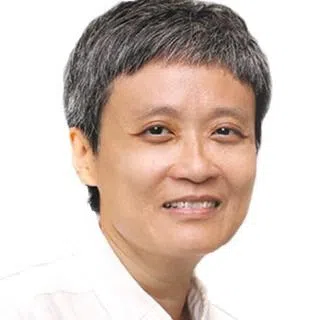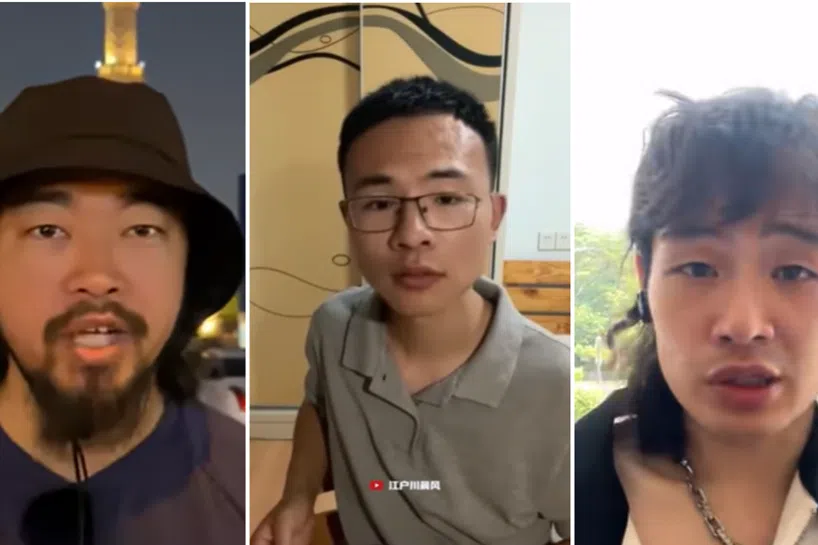China in Ukraine? A surprising twist in global peacekeeping
Following the ceasefire agreement on the war in Ukraine, one possibility is that China might send peacekeeping troops to Ukraine. But how likely is that, and how would it be arranged? Lianhe Zaobao correspondent Sim Tze Wei finds out more.
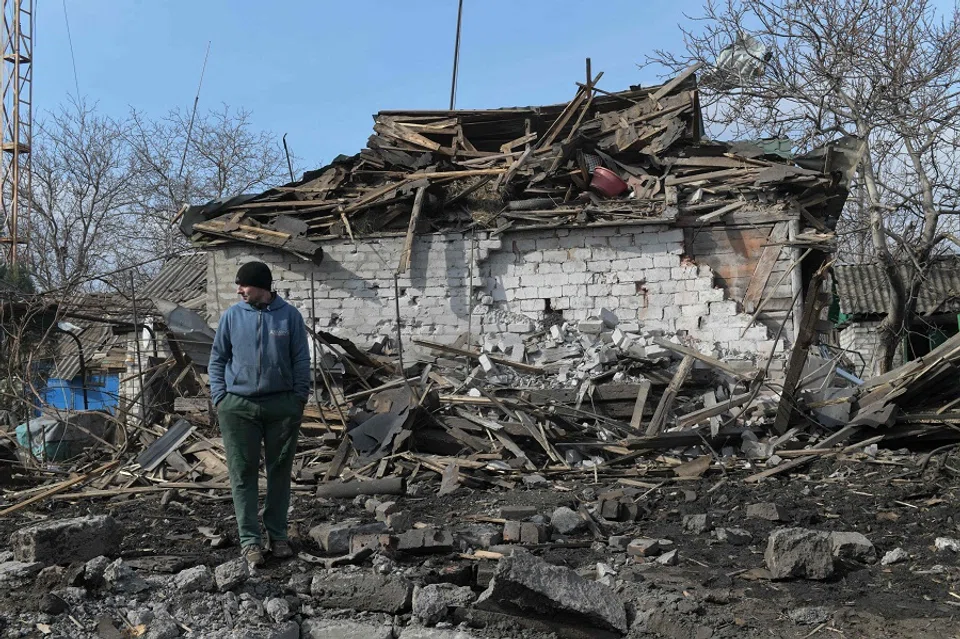
After the US and Ukraine reached a 30-day ceasefire agreement during negotiations in Saudi Arabia, the ball is now in Russia’s court. According to Ukrainian President Volodymyr Zelenskyy, the US must convince Russia to also accept the ceasefire proposal.
Bloomberg previously cited sources in Moscow which claimed that Russia is willing to discuss a temporary truce with Ukraine, provided there is clear understanding about the framework principles of the final peace accord.
It is reported that Russia would not accept NATO forces being stationed in Ukraine, nor would it agree to the proposal of a European “coalition of the willing” to monitor the implementation of the peace accord. However, Russia is not opposed to countries that are “neutral” in the conflict, such as China, sending peacekeeping forces to Ukraine.
US President Donald Trump, on the other hand, has emphasised that the US would not bear the primary responsibility for ensuring Ukraine’s security, and that this task would be entrusted to Europe. Europe has considered sending peacekeeping forces to Ukraine, but stated that it would still require US support.
A non-NATO peacekeeping force?
According to a report by The Economist in February, US officials have suggested establishing a non-NATO peacekeeping force, involving non-European countries such as Brazil or China, to act as a buffer along the final ceasefire line. During the Munich conference, US Vice-President JD Vance also told European countries that a force composed solely of Europeans would have a weaker deterrent effect on Russia.
In the past, the Eight-Nation Alliance invaded China; now, there could potentially be Chinese troops in Europe, and not even at their own initiative.
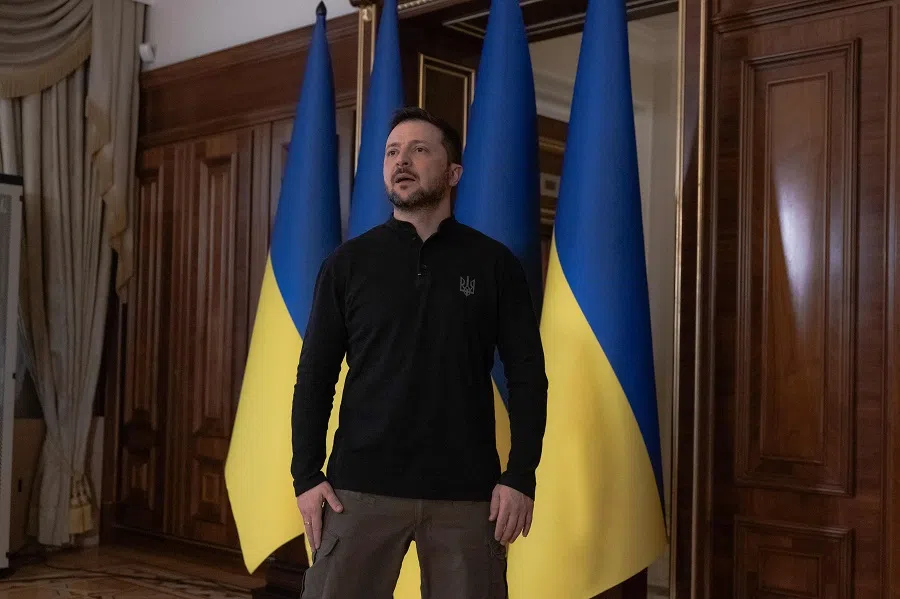
Considering the perspectives of statements from all sides, it seems we are right back to the red line drawn by Russia: it will not tolerate NATO peacekeeping forces on Ukrainian soil. Although the interests of the US and Russia do not align, they both consider China as the largest common denominator for participating in peacekeeping tasks.
Regardless of whether China is willing to send peacekeeping troops to Ukraine, merely imagining how this would look is quite interesting. In the past, the Eight-Nation Alliance invaded China; now, there could potentially be Chinese troops in Europe, and not even at their own initiative. The shift in the global landscape after over more than a century is quite surreal — Empress Dowager Cixi could never have dreamt of this.
Will China act?
However, judging by recent statements from senior Chinese Foreign Ministry officials, Beijing remains cautious about whether to send peacekeeping forces to Ukraine at this stage.
At a press conference during the National People’s Congress (NPC), a Bloomberg reporter asked Chinese Foreign Minister Wang Yi under what circumstances China would consider sending peacekeeping troops to Ukraine.
Wang did not answer directly, only stating that “China is ready to work with the international community, in light of the wills of the parties to the conflict, to continue to play its constructive role in resolving the crisis and realising lasting peace”.
... peacekeeping actions should be decided by the United Nations (UN), and “not through deals made privately between individual countries. — Lu Shaye, China’s Special Envoy for European Affairs
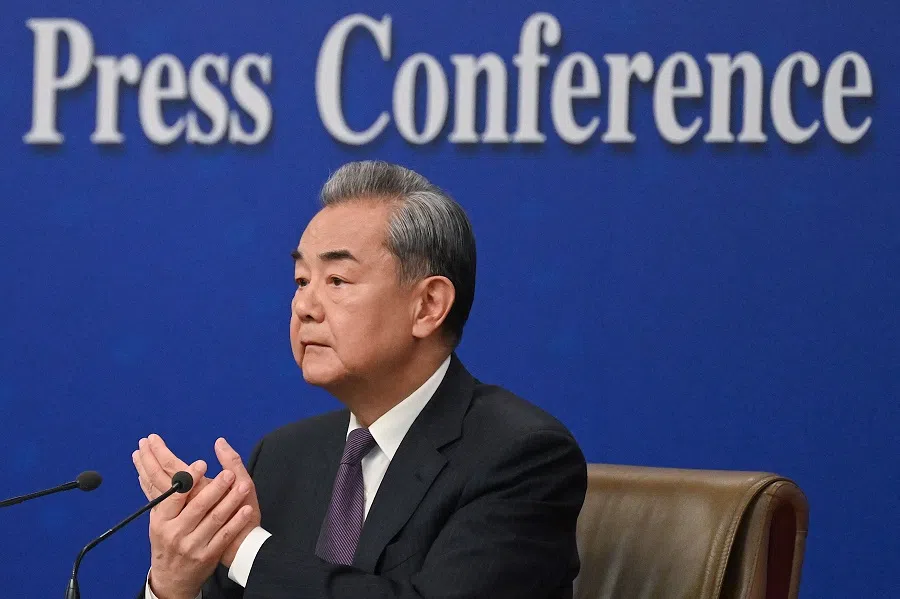
Lu Shaye, China’s special envoy for European affairs, was more blunt when interviewed by the media during the NPC, stating that it is “not yet the time; far too early” with regard to China sending peacekeeping troops to Ukraine. Lu emphasised that peacekeeping actions should be decided by the United Nations (UN), and “not through deals made privately between individual countries”.
China’s deployment of peacekeeping forces overseas is nothing new. The Chinese Ministry of National Defense stated in its official website last year that China first dispatched five military observers to the United Nations Truce Supervision Organization in 1990. To date, the Chinese military has sent over 50,000 peacekeepers to aid 25 UN peacekeeping missions. According to the UN’s official website, China contributes the largest number of peacekeeping troops among the five permanent members of the UN Security Council.
China’s overseas peacekeeping footprint is noticeably concentrated in African countries. Since April 1992, China has dispatched peacekeeping engineer units to UN mission areas including Cambodia, the Democratic Republic of Congo (DRC), Liberia, South Sudan, Darfur (Sudan), Lebanon, and Mali; they have contributed to road and bridge construction, mine clearance and explosive ordnance disposal, bunker construction, and airport maintenance.
China’s considerations in peacekeeping
Several analysts believe that China’s expanding participation in peacekeeping operations since the 1990s is driven by three factors. One, to enhance its international image, demonstrating its commitment to multilateralism and contributing to global security. Two, to strengthen the combat capabilities of its security forces by having the opportunity to interact with the peacekeeping forces of other countries. Three, to safeguard China’s overall interests in Africa.
Thus, beyond humanitarian aid, China’s participation in peacekeeping operations stems largely from pragmatic considerations of national interest.
If the Russia-Ukraine war reignites, peacekeeping forces would face significant risks. Therefore, it is better for China to continue to observe the situation instead of diving head first into it.
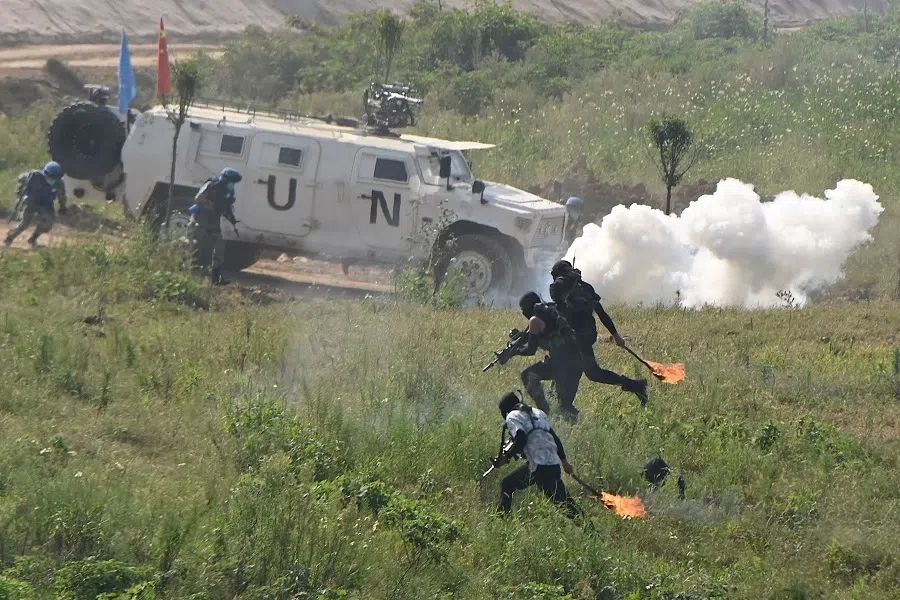
Some Chinese believe that deploying peacekeeping forces to a so-called “Ukrainian 38th parallel” would benefit China by demonstrating to the world the correctness of its “neutral” stance over the past three years. It would showcase China’s balancing role in international conflicts, enhance its soft power, and potentially facilitate Chinese involvement in Ukraine’s post-war reconstruction.
But there are also some who question whether Trump intends to drag China into the quagmire of the Ukrainian crisis. If China makes a misstep, it risks offending Russia, the US, Europe and Ukraine. In particular, some European countries could be apprehensive about a Chinese military peacekeeping deployment in Europe. If the Russia-Ukraine war reignites, peacekeeping forces would face significant risks. Therefore, it is better for China to continue to observe the situation instead of diving head first into it.
Reactions from Russia and elsewhere
Before the details of the Ukrainian peace process become clear, it is wise for China to issue principled statements instead of making concrete commitments to deploy peacekeeping forces. This approach preserves China’s flexibility in a volatile international landscape and maximises its ability to manoeuvre and protect national interests.
Russia will not tolerate NATO troops in Ukraine, and is unlikely to accept forces from pro-West countries like Australia and Japan. The global south appears to be the remaining viable option for peacekeeping forces.
... a likely precondition for Chinese peacekeeping deployment to Ukraine would be strong appeals from Russia, the US, Europe and Ukraine.
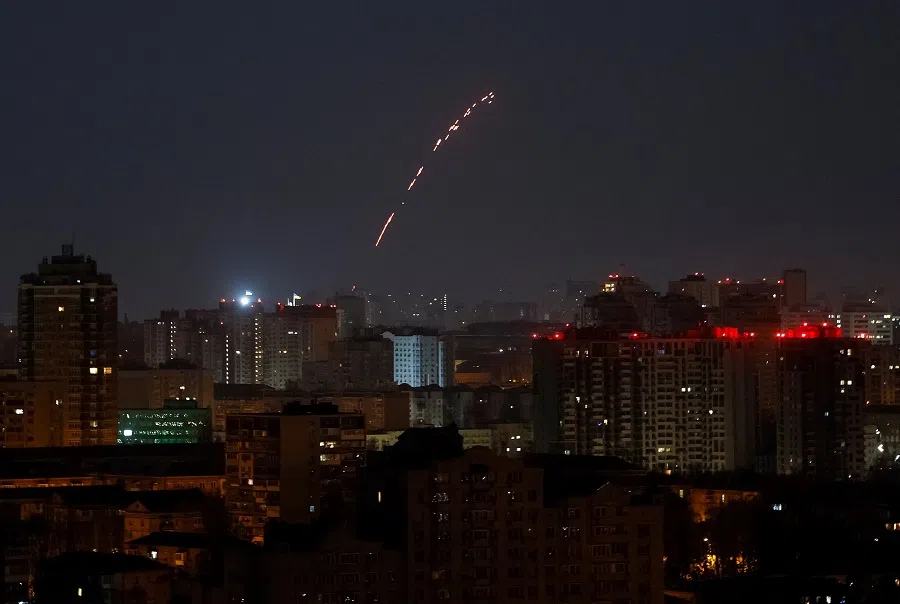
If a US-brokered ceasefire agreement is reached between Russia and Ukraine, once the dust settles, a likely precondition for Chinese peacekeeping deployment to Ukraine would be strong appeals from Russia, the US, Europe and Ukraine. China might then participate in peacekeeping operations under the UN banner, potentially alongside countries from the global south.
This is relatively aligned with the diplomatic stance conveyed by Wang Yi at the press conference: “Firmly safeguard the central role of the UN, come forward to be a pillar of the multilateral system, and speak up for justice for the global south.”
This article was first published in Lianhe Zaobao as “中国向乌克兰派维和部队?”.
